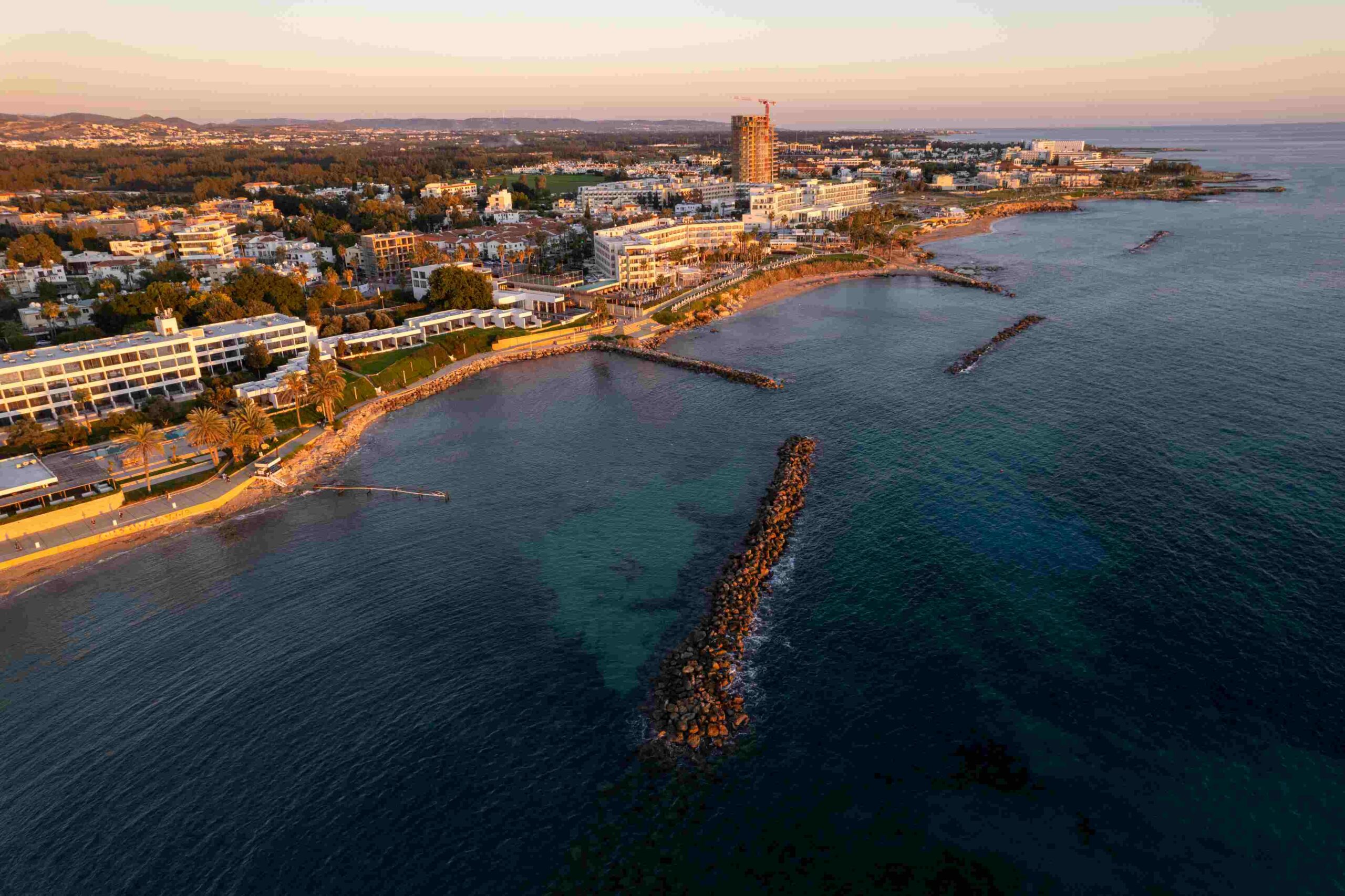
According to Eurostat, 81% of recent secondary and higher education graduates in Cyprus between the ages of 20 and 34 were employed in 2017, which is close to the EU average of 82%.
The employment rate for this demographic in Cyprus increased by 12 percentage points between 2014 and 2022, demonstrating a generally upward trend that was only halted in 2017 and the first year of the COVID-19 pandemic in 2020.
In the EU throughout the same time period, it increased by 7 percentage points (pp), demonstrating a steady upward trend that was only broken by the epidemic.
In the EU, the employment rate peaked in 2022, exceeding the previous record of 81% set in 2018, which had been maintained in 2019.
The employment rate in Cyprus was 81%, which was the second-highest since 2014 (the highest was 82% in 2019).
It is important to note that from the year 2000, when the first data were available, and 2014, there was a gradual decline in this population group’s employment rate, from 90% to 69%.
In the EU between 2014 and 2022, the employment rate for recent graduates who are men has continuously outpaced that of recent graduates who are women.
The difference was, however, reduced to 2 pp in 2022, the smallest difference noted throughout this time.
The biggest difference between 2014 and 2022 was observed in 2019 (4 pp), though.
The variances in labour market demand and gender disparities in the survey’s fields may help to explain the discrepancies in employment rates.
Men and women typically major in different subjects; for instance, more men than women typically study science and technology.
In Cyprus, the employment rate for women was typically higher than that for men between 2014 and 2022, with the largest gender disparity occurring in 2018 (9 pp).
Only in 2014, when rates were equal, in 2019, when men’s rates were higher by 6 percentage points, and in 2022, when men’s rates were higher by 8 percentage points, did women not have the majority of the population.
The highest employment rates for recent graduates were found in Malta (91%), Luxembourg (93%), and the Netherlands (93%).
The countries with the lowest rates were Romania (70%), Greece (66%) and Italy (65%).







